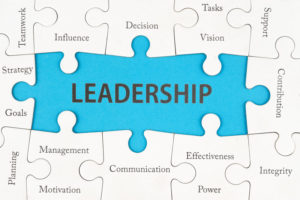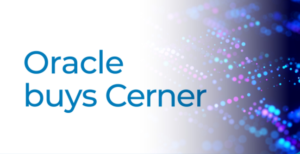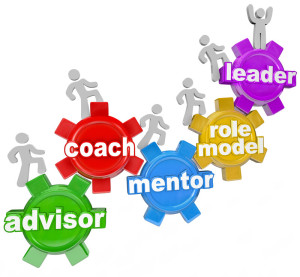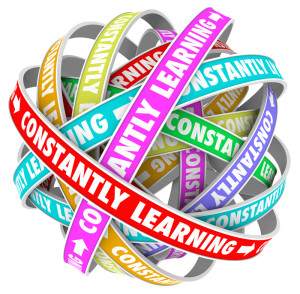We hear a lot about the “Great Resignation” at a macro level. It is usually coupled with advice to employers on how to retain people and address the reasons people are resigning at such record levels. Behind the statistics are real people and everyone has their own, unique story. For some it just happens to be a good time to rethink their career options.
are real people and everyone has their own, unique story. For some it just happens to be a good time to rethink their career options.
My LinkedIn newsfeed may be an indication of the talent shortage and the number of opportunities out there. Several times a week I see a health IT leader posting about an open position and opportunity to join their organization.
I’ve recently been contacted by several individuals interested in making a career transition – looking for their next opportunity and challenge. People who have reached out include:
- A physician who has worked largely in industry, most recently in Asia, but wants to return to the U.S. this year. He is looking for insights on the market and to understand the potential for someone like him moving into a hospital/health system CIO role eventually.
- A well respected, former colleague who has been at a very successful health IT vendor for several years and is considering what his next level challenge might be. He is looking for advice and connections.
- A consultant who a colleague introduced to me as he thinks I’ve been a great mentor and advisor for others. The consultant is starting to make a transition and wants to understand potential opportunities.
I am committed to helping next generation leaders so of course I make time to talk to people when I get these requests and introductions.
I listen to where they are at and what they are looking for next. I ask a few probing questions. Then I tailor my input/advice to their situation the best I can. I often suggest other people for them to talk to and offer to introduce them to recruiters if they don’t already have those relationships.
What do all job seekers have in common? Continue reading









